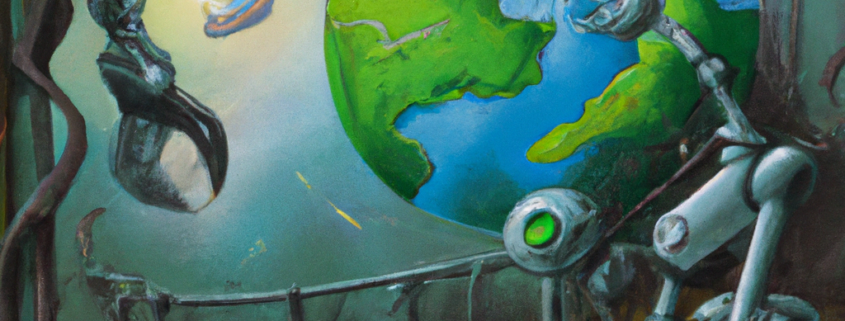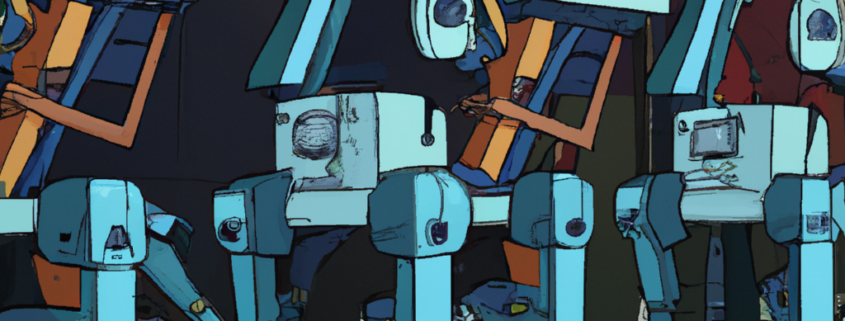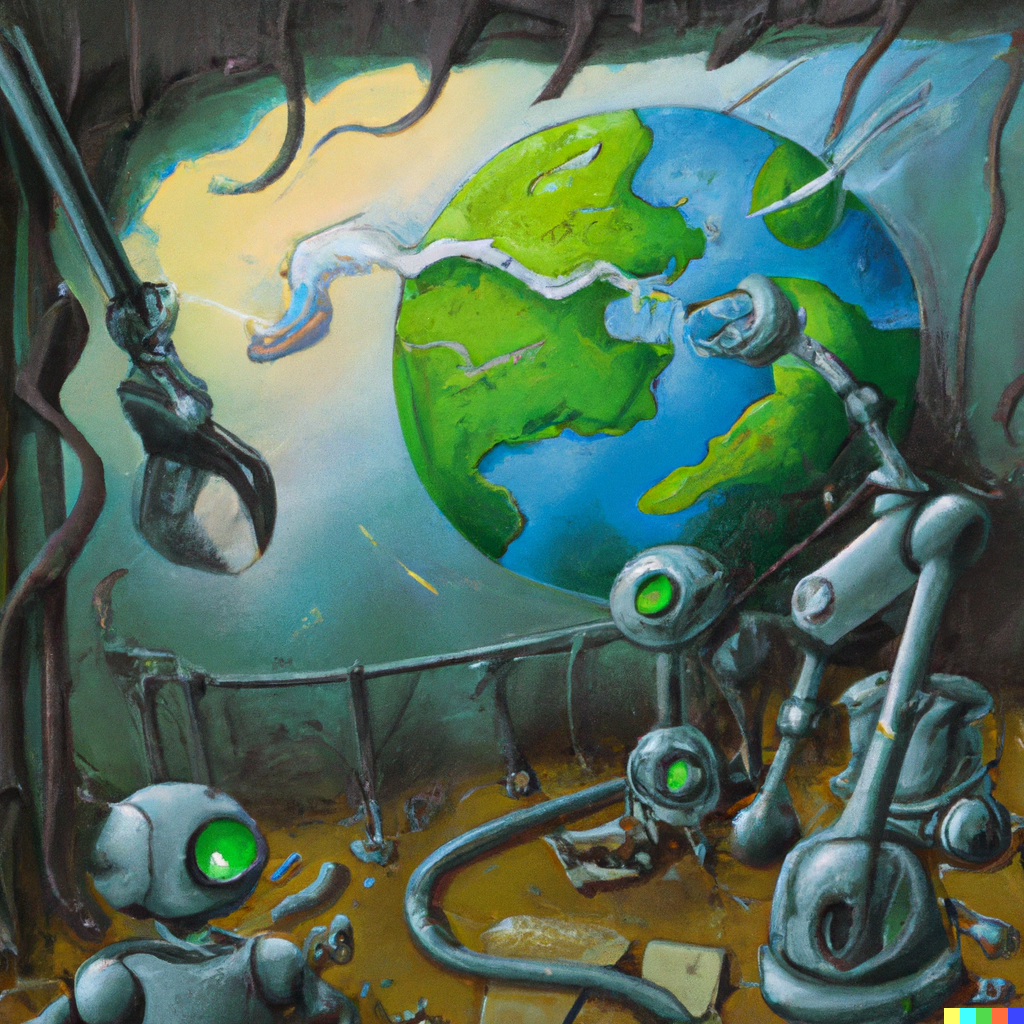
It’s true, even if you don’t want it to be. SparkSQL is destroying your data pipelines and possibly wreaking havoc on your entire data team, infrastructure, and life. In your heart of hearts, you’ve probably known it for years. With great power comes great responsibility. We all know that even us Data Engineers are human and fallible.
Once those tentacles of SparkSQL get their hold on you, the probability of survival is low. Sure, there are a few wizened old engineers with enough battle scars to make it through unscathed. The rest of us will be maimed.
![]()
Sometimes I just need something new and interesting to work on, to keep me engaged. A few days ago I was lying by the river next to a fire, with the cold air blowing on my face and the eagles soaring above. Thinking about and contemplating life and data engineering … something flitted across my mind, just a little fragment of an idea someone had written about.
The little fragment had to do with Datafusion, a Rust-based query engine, and something about it having a SQL CLI interface.
What an interesting thing. I’ve used Datafusion a few times, here and there, I love Rust because it’s fast. I’m a Data Engineer so I’m eternally enslaved to SQL whether I like it or not. This whole thing just seemed like an interesting little tidbit to poke at.
It basically made me wonder if I could combine the Datafusion SQL CLI with bash into a new ETL tool. Simple, small, fast, and maybe fun? Just because I can?
Ok. Get off your high horse. You are human just like the rest of us. Just like your ancient ancestors who were throwing rocks and sticks at each other a thousand years ago … you are looking for a leg up on the competition. Isn’t that the world we live in? At the end of the day, no one is looking out for you, besides you.
Do you know what all those famous “influencers” have over you? Those you look at with boiling bitterness buried somewhere inside you. Besides a smattering of luck here and there, there is one other trait they have that most people don’t.
There are general branches and streams of actions that come off that main branch. But without that central drive, all else is useless.
What is it that apparently 1% of the data population has that the 99 don’t? Simply put, in the words of your grandparents, hard work.
Show me the money. That’s what it’s all about. I have a question for you, to tickle your ears and mind. Get you out of that humdrum funk you are in. Here is my question, riddle me this all you hobbits.
“Of what use is, and what good does the best and most advanced architecture provide if your bosses boss starts to look at the cost and starts to ask questions?”
The thing is, as engineers and developers we love to do fun stuff. We follow the crowds, don’t we? We are like those lemmings, we just do what is cool.

One thing all Data Engineers are doomed to do in purgatory will be to solve different date and datetime problems in an endless loop. I’m sure of it. I can’t imagine anything worse, so that must be it. Either way the constant need to manipulate dates and datetimes are just a way of life, something that never ends and never changes. Also, it appears Polars is here to stay from what I can tell. Not a fad like that Data Mesh. Since Polars is here to stay, (I’ve already got it running in production at my company, (don’t mind if I bow)), we should probably take a gander at how to manipulate date and datetime objects from both the Dataframe and (if I have time) SQL perspective. See if we can find anything to complain about. I like to complain.
![]()
Is there anything more Chad than Apache Airflow … and Rust? I think not you whimp. What two things do I love most? At the moment Rust and Airflow are at least somewhere at the top of that list. I wring my hands sometimes, wishing that things and technologies somehow come together into some bubbling soup and witches concoction from the depths. Then I had a strange thought while laying in bed one night.
What would happen if I ran my Rust inside my Apache Airflow? What would happen? Would the sun go dark? Would SQL Servers everywhere puke up their log files and go to Davey Jones’s locker? Birds fall from the sky? Why hasn’t anyone done this before, why isn’t anyone making this happen in real life?
![]()
So perhaps you’re thinking it’s time to use Rust on your next project. You’ll find plenty of primers on how to get your feet wet in the language (and if you somehow made it this far without that much, The Book is that starting point), but maybe you’re feeling a bit lost amidst the seas of opportunity. While still growing, the Rust ecosystem has many great existing options to pull from, and you’re now asking “How do I even?”
If you’re wondering how to make sense of your third-party library ecosystem, I hope to get you thinking like a Rustacean.
If you’re stuck on trying to find the right library for you, jump down to the section on crates for a primer on discoverability. Otherwise, if you already know what you’re working with and are looking to understand it, keep reading to see how I do it.
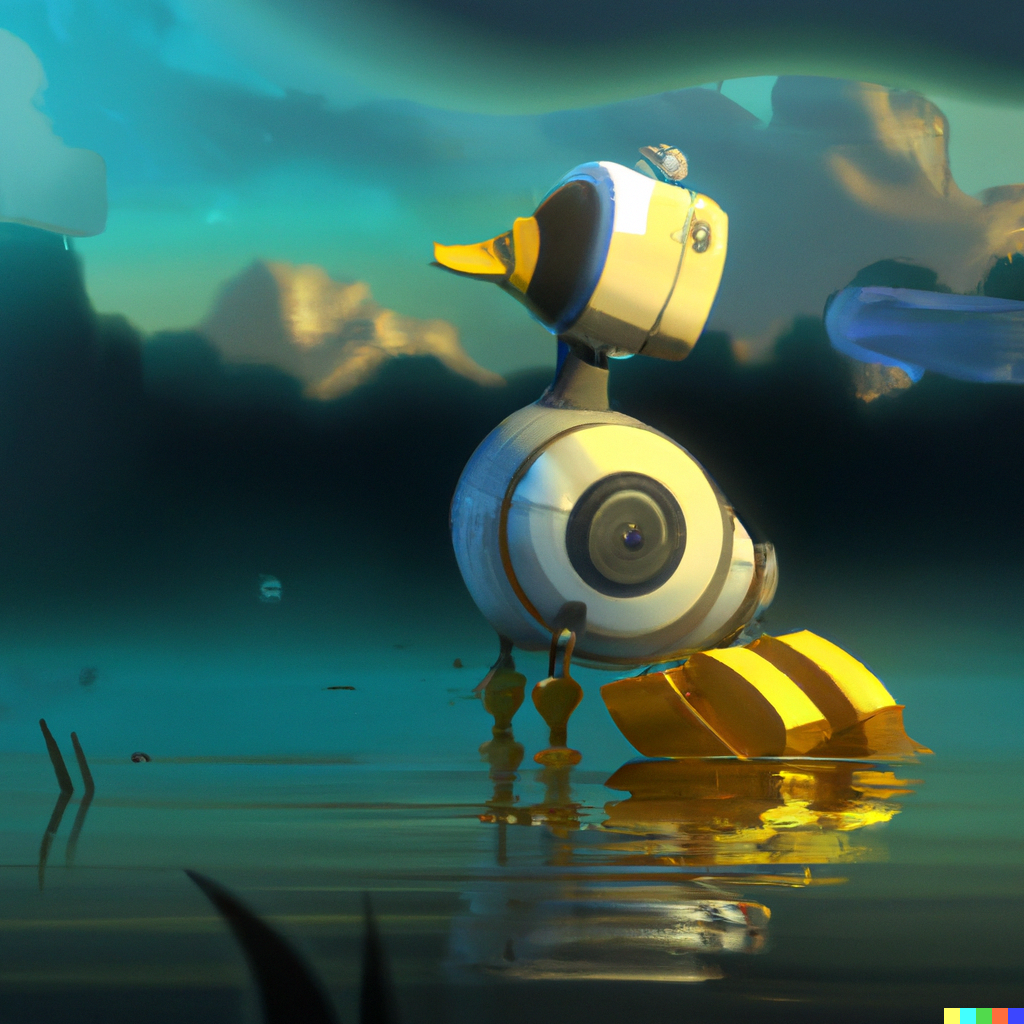
I always leave it to my dear readers and followers to give me pokes in the right direction. Nothing like the teaming masses to set you straight. Recently I was working on my Substack Newsletter, on the topic of Polars + Delta Lake, reading remove files from s3 … I left a question open on my LinkedIn account.
I had someone jog my leaky memory in favor of DuckDB. I haven’t touched DuckDB in some time, and I’m sure it’s under heavy development what with that Mother Duck and all.
So, it’s time to talk about DuckDB + Delta Lake.
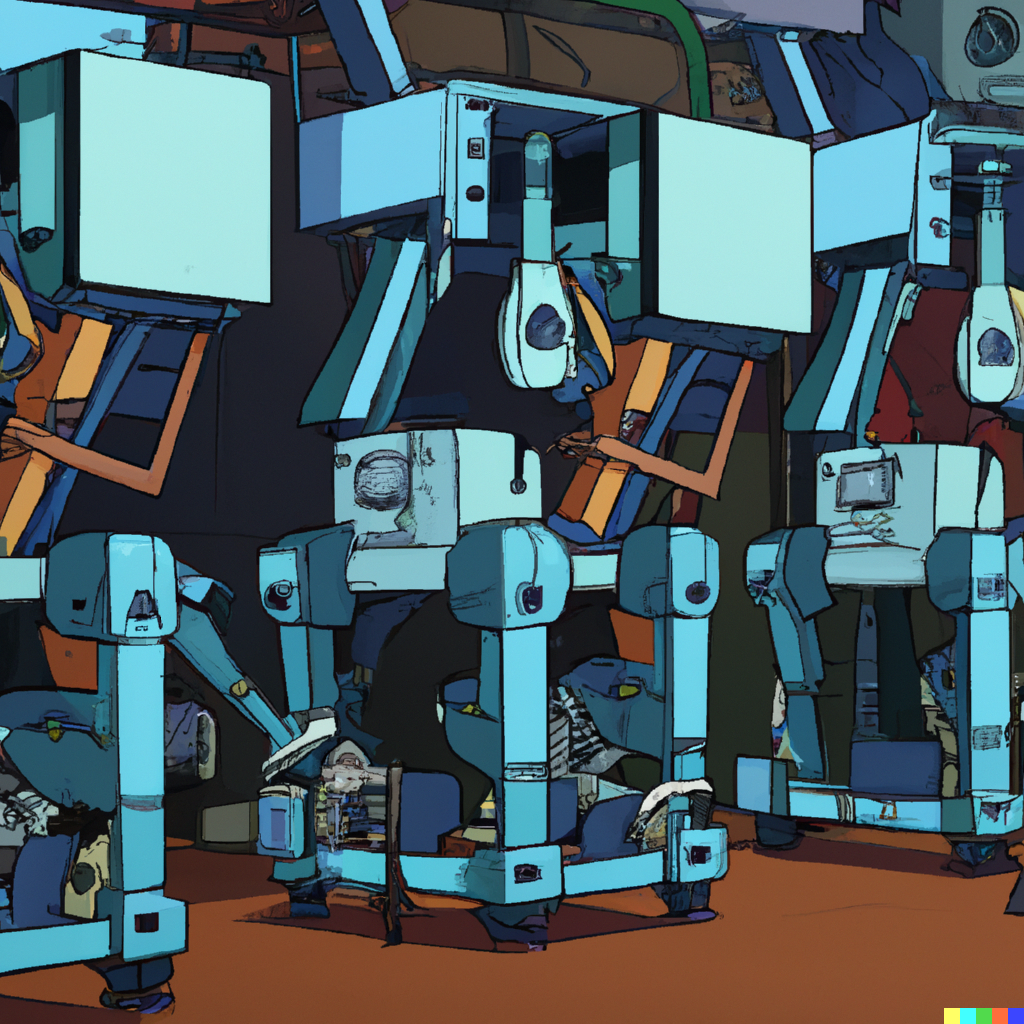
In the vast world of data, it’s not just about gathering and analyzing information anymore; it’s also about ensuring that data pipelines, processes, and platforms run seamlessly and efficiently. Nothing screams “why are flying by night,” than coming into a Data Team only to find no tests, no docs, no deployments, no Docker, no nothing. Just a mess and tangle of code and outdated processes, with no real way to understand how to get code from dev to production … without taking down the system.
This is where the principles of DevOps and Continuous Integration/Continuous Deployment (CI/CD) come into play, especially in the realm of data engineering. Let’s dive into the importance of these practices and how they’ve become indispensable in modern data engineering workflows.
Interesting links
Here are some interesting links for you! Enjoy your stay :)Pages
Categories
Archive
- March 2025
- February 2025
- January 2025
- December 2024
- November 2024
- October 2024
- September 2024
- August 2024
- July 2024
- June 2024
- May 2024
- April 2024
- March 2024
- February 2024
- January 2024
- December 2023
- November 2023
- October 2023
- September 2023
- August 2023
- July 2023
- June 2023
- May 2023
- April 2023
- March 2023
- February 2023
- January 2023
- December 2022
- November 2022
- October 2022
- September 2022
- August 2022
- July 2022
- June 2022
- May 2022
- April 2022
- March 2022
- February 2022
- January 2022
- December 2021
- November 2021
- October 2021
- September 2021
- August 2021
- July 2021
- June 2021
- May 2021
- April 2021
- March 2021
- February 2021
- January 2021
- December 2020
- November 2020
- October 2020
- September 2020
- August 2020
- July 2020
- June 2020
- May 2020
- April 2020
- March 2020
- January 2020
- December 2019
- November 2019
- October 2019
- September 2019
- August 2019
- July 2019
- May 2019
- March 2019
- February 2019
- January 2019
- December 2018
- November 2018
- October 2018
- September 2018
- July 2018
- June 2018
- May 2018
- April 2018
- March 2018
- February 2018


